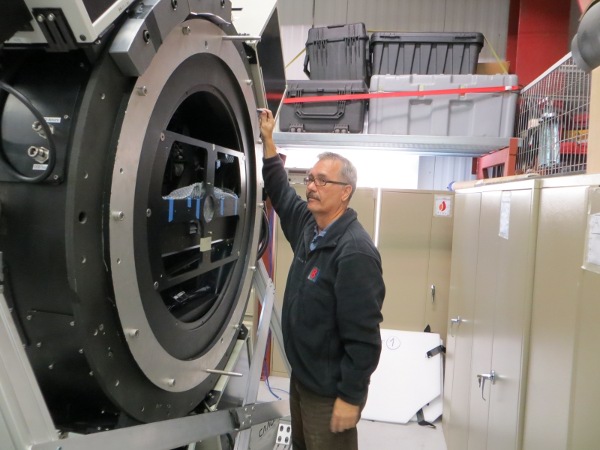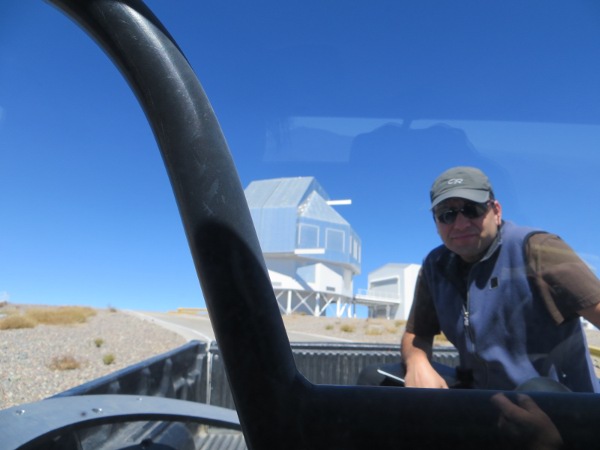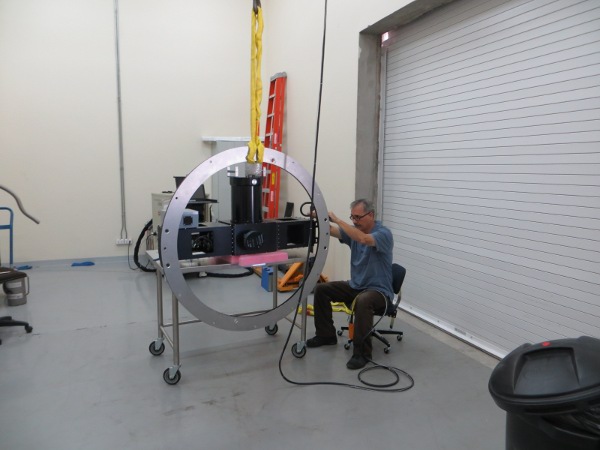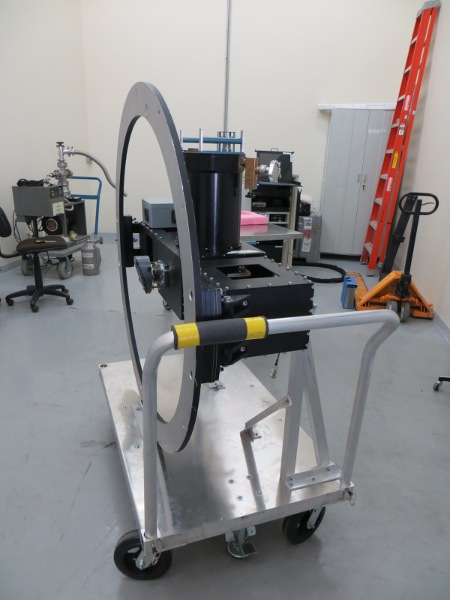After shipping, unpacking, and verifying that everything still works, the last step was for Manny and Richard to cool Clio2 down. Then they took some pictures.
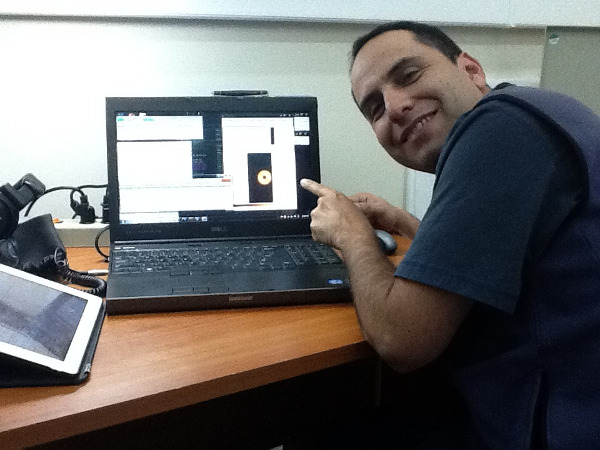
Since it works in the IR, basically detecting the heat of planets and brown dwarfs, Clio2 is kept very cold. This is because a blackbody at room-temperature emits most of its energy at a wavelength of about 10 μm, according to Wien’s law. A lot of flux from the tail of the distribution is also emitted at near-IR wavelengths of 1–5 μm. Therefore, for IR astronomy, it is important to keep the telescope and the instrument cold, to avoid this excess thermal flux, which shows up as noise in our images (you’ll hear us call it “sky” or “background”).
To make this work, Clio is contained in a dewar, which is a kind of vacuum flask (a.k.a. Thermos) — an insulated canister that keeps cryogenic material at very cold temperatures. Clio2 has a nested-dewar design with an outer and an inner vessel. The cryogen we use is liquid nitrogen, which has a boiling point of 77 K stp. We also lower the pressure in the inner dewar, using a vacuum pump, in order to solidify the nitrogen (55 K). A blackbody of 77 K emits most of its radiation at ~38 μm, and a blackbody of 55 K emits most of its radiation at ~53 μm. These wavelengths are well beyond what we care about when hunting planets.
In case you ever find yourself in charge at LCO, the cooldown steps and instructions for refilling cryogens are also posted in the Clio user manual.




